Orazio and Artemisia Gentileschi: Father and Daughter Painters in Baroque Italy was the first full-scale exhibition devoted to Caravaggio's most gifted follower, Orazio Gentileschi, and to Orazio's celebrated daughter, Artemisia. On view at The Metropolitan Museum of Art from February 14 through May 12, 2002, the exhibition featured approximately 50 works by Orazio and 35 by Artemisia, and was the first exhibition to treat these two remarkable artists in depth.
Fascinating figures in their own right, when looked at together these two related but strikingly independent artists define many of the key issues posed by the revolution in painting brought about in early 17th-century Rome by Caravaggio. Orazio was arguably the most inspired and individual of those artists who knew and were directly influenced by the great Lombard painter, while Artemisia used a Caravaggesque idiom to become the greatest female painter of the century.
The exhibition was organized by The Soprintendenza per i Beni Artistici, Rome, The Metropolitan Museum of Art, New York, and The Saint Louis Art Museum.
Philippe de Montebello, Director of The Metropolitan Museum of Art, commented on the exhibition: "The Metropolitan is delighted to present this first survey of works by Orazio Gentileschi and his daughter Artemisia. Doubtless the experience of seeing the work of father and daughter together will encourage a deeper, more subtly shaded appreciation of the very different achievements of each. In addition, as the exhibition will be the largest assemblage of works by either artist yet presented, it will essentially offer a dual retrospective, providing both scholars and the public an opportunity to assess two distinguished and highly distinctive careers."
Today, much scholarly and popular attention has tended to focus on Artemisia. However, in the 17th century Orazio's fame eclipsed that of his daughter. Beyond Italy, he worked at the courts of Marie de' Medici in Paris and of Charles I in London. His paintings are characterized by their compact, tightly constructed compositions – surprisingly devoid of the dramatic urgency that lies at the core of Artemisia's paintings – and his brilliant use of color. He is often described as a poet of light – nowhere more so than in his sublime
Annunciation (1623; Galleria Sabauda, Turin).
Through a series of unprecedented loans – including the altarpieces from Ancona, Fabriano, Farnese, Rome, Turin, Milan, and Urbino, and several large canvases from collections in Paris and London, the exhibition presented a panorama of his career with his finest paintings.
Fueled by feminist studies, interest in Artemisia has increased enormously over the last quarter of a century. However, her reputation as an artist has often been overshadowed by the notorious public trial that followed her rape by an associate of her father's, the painter Agostino Tassi, when she was still a teenager. Rejecting the specialties of portraiture and still life – the genres deemed suitable to women artists – Artemisia sought to compete, and sometimes collaborate, with her male colleagues, undertaking mythological, allegorical, and Biblical themes. Far from shying from the often violent, erotically charged subjects often portrayed in Baroque art, she made them the focus of her activity, giving special prominence to stories involving a female protagonist or victim. In this, her work has often been seen as an extension of her own biography. At a time when marriage or the convent were the only respectable alternatives held out to a woman, Artemisia chose to live by her brush and succeeded.

Above: Artemisia Gentileschi (Italian, Roman, 1593–1651/53). Esther before Ahasuerus. Oil on canvas; 82 in. x 8 ft. 11 3/4 in. (208.3 x 273.7 cm). The Metropolitan Museum of Art, New York, Gift of Elinor Dorrance Ingersoll, 1969 (69.281).
Orazio and Artemisia Gentileschi: Father and Daughter Painters in Baroque Italy was organized by Judith Mann, Curator of European Art, Saint Louis Museum of Art, Keith Christiansen, Jayne Wrightsman Curator of European Paintings at The Metropolitan Museum of Art, and Rossella Vodret of the Soprintendenza per i Beni Artistici e Storici di Roma in Rome.

The exhibition was accompanied by a fully illustrated catalogue, published by The Metropolitan Museum of Art and distributed by Yale University Press.
Prior to the Metropolitan's presentation, Orazio and Artemisia Gentileschi: Father and Daughter Painters in Baroque Italy was on view at the Museo del Palazzo di Venezia in Rome from October 15, 2001 through January 6, 2002. After New York, the exhibition traveled to the Saint Louis Art Museum, where it was on view from June 15 to September 15, 2002.
Interesting Review
Paintings mentioned in the above review:
Orazio Gentileschi:

The Lute Player

Danaë (Richard Feigen collection)
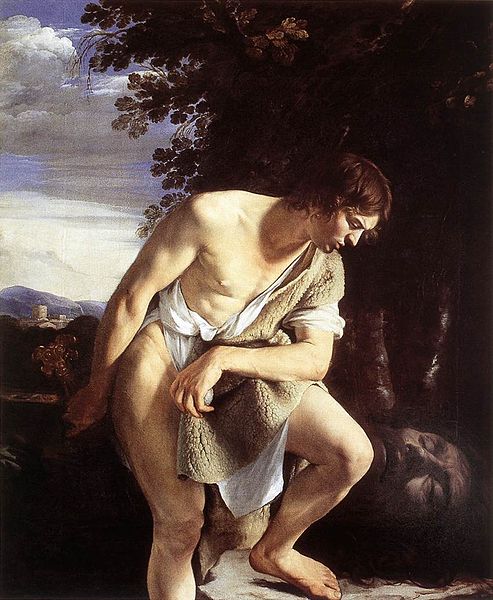
David Contemplating the Head of Goliath
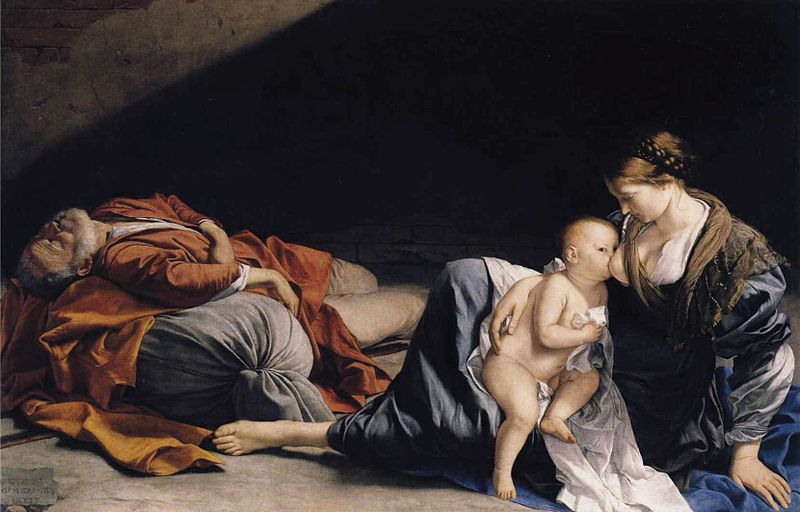
The Rest on the Flight Into Egypt
Artemisia Gentileschi:
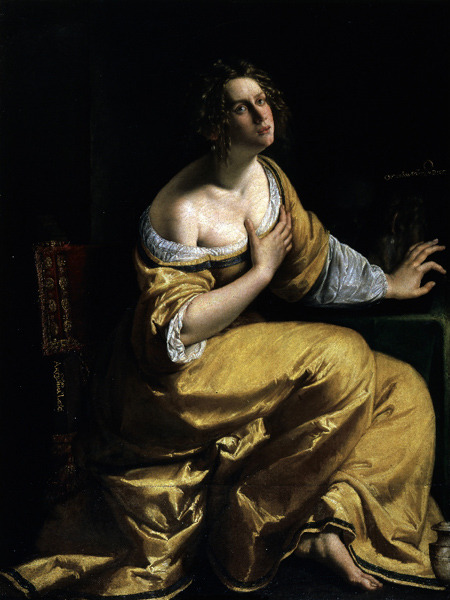
Conversion of the Magdalene
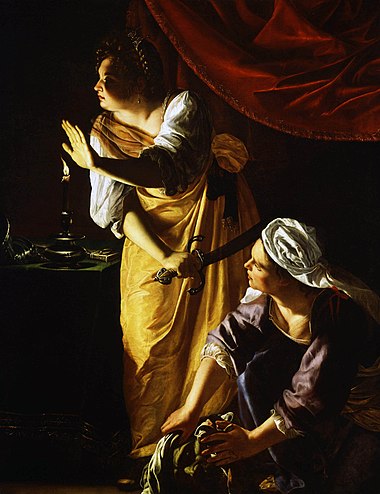
Judith and Her Maidservant, Detroit Institute of Arts
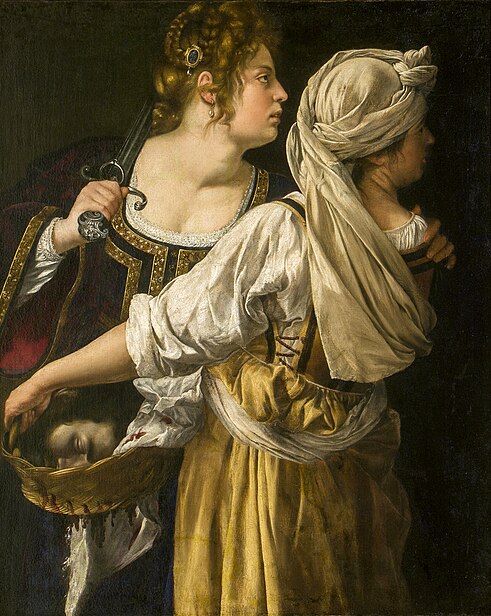
earlier Judith and Her Maidservant from Florence